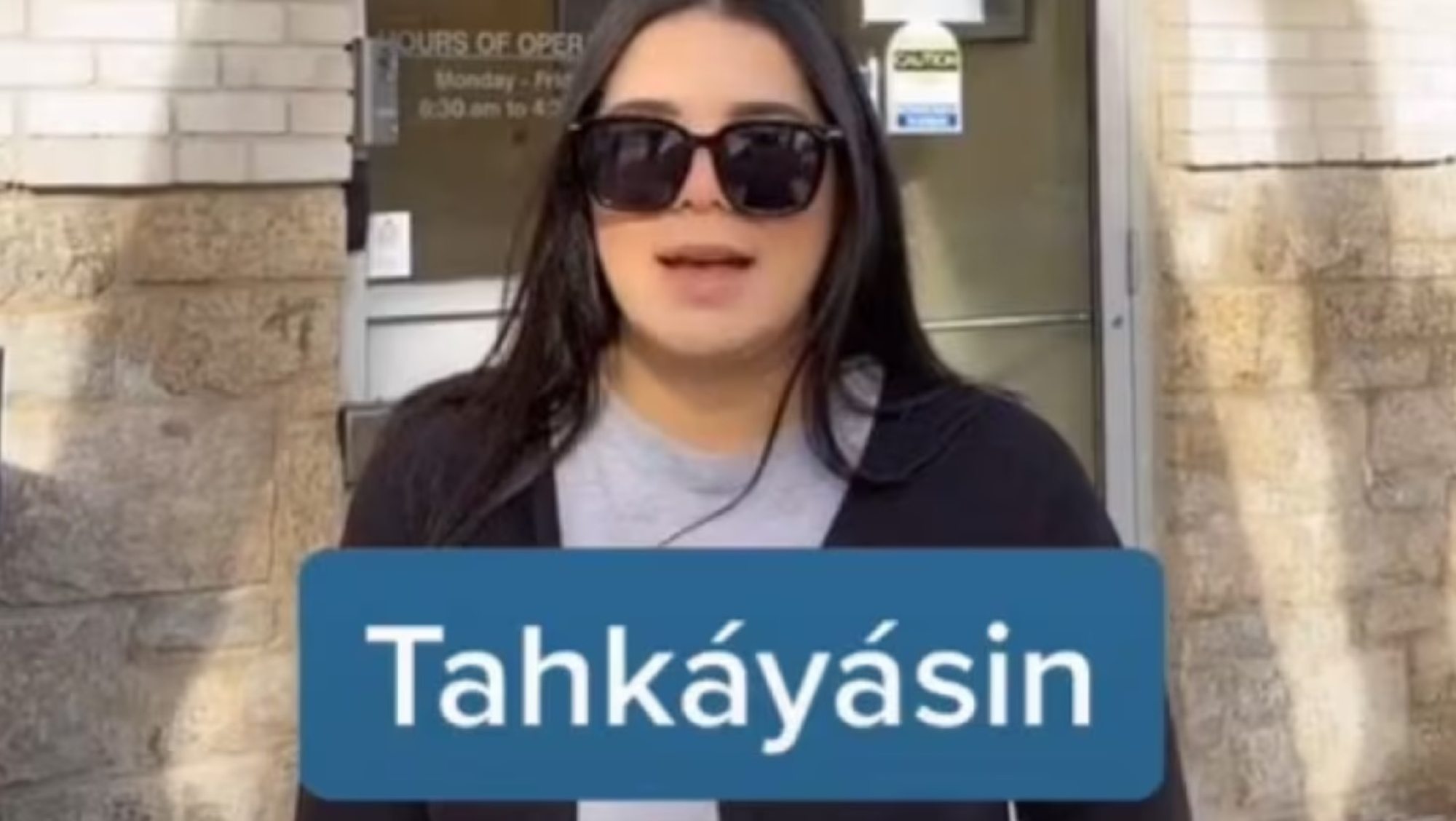
History, culture and heritage? TikTok does it best for Gen Z – they’re using it to teach traditional, indigenous or less mainstream languages
- TikTok users are using the social media platform to share and promote to the world traditional, indigenous and less mainstream culture and languages
- In Canada, a Cree student posts about her Indigenous language, while two Papua New Guineans have been posting videos of a language of East New Guinea Highlands
For those of us who are nowhere close to being Gen Z, “TikTok” may have more likely got you thinking about the song “My Grandfather’s Clock”, where it stood “Ninety years without slumbering, tick tock tick tock …”
Both allowed users to share short videos and live-streams, often featuring music in the background. The Chinese word “douyin” literally means “shake/shaking sound”.

Its logo is a quaver, a musical note – for the specifics of the app – whose shape represents the lower-case letter “d”, for the original name of the service, Douyin, still used in China.
Gen Zers are choosing TikTok over Google for information, but is it safe?
Notwithstanding the growing security concerns facing TikTok, the app does in fact – like other social media platforms – afford opportunities to support less mainstream language varieties.
In Winnipeg, in Canada, a Fox Lake Cree Nation university student started posting videos about learning Cree – one of the most widely spoken Indigenous languages in Canada – to the Manitoba Indigenous Cultural Education Centre’s TikTok page in 2020.

Even once covert languages are not so secret any more thanks to TikTok. Tut, or Tutnese, a clandestine form of communication created by African slaves in 18th century America, when teaching slaves to read and write was prohibited, is seeing a revival as a result of TikTok videos.
For transmitting more traditional, indigenous or less mainstream culture and language, creating a connection to heritage and community, as well as promoting wider awareness and understanding, TikTok seems to hit the mark for Gen Z.

